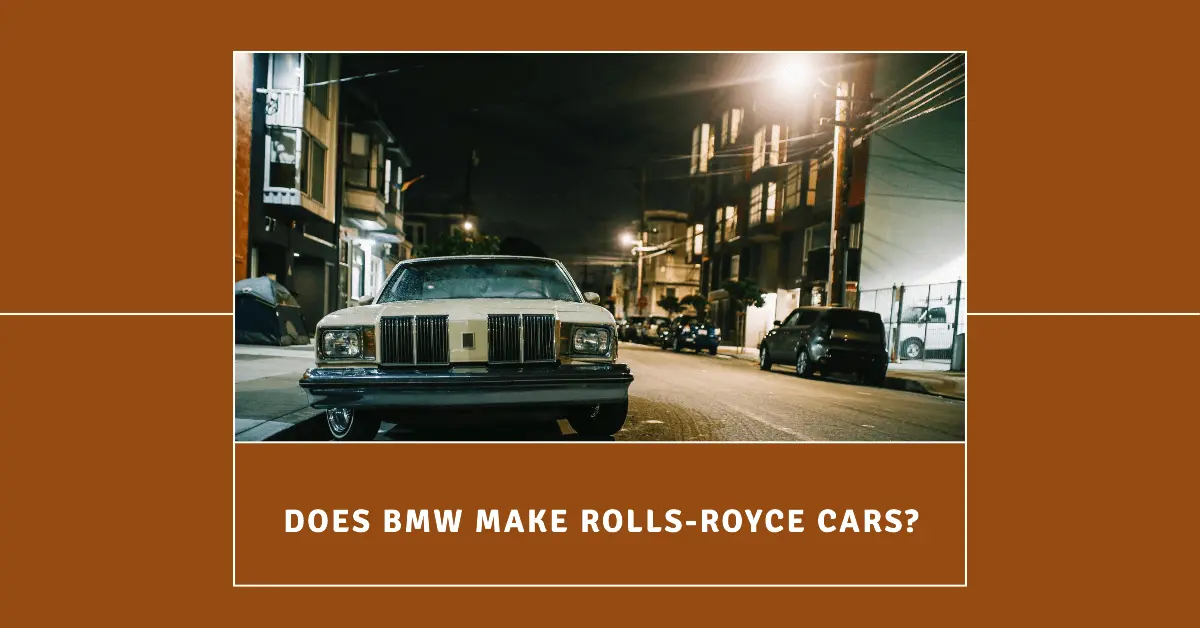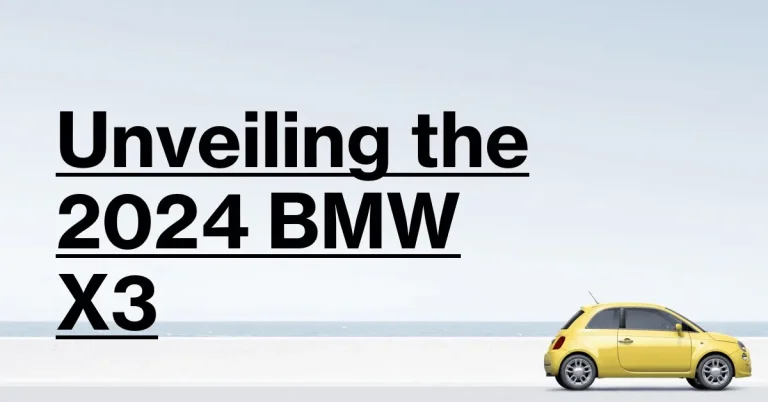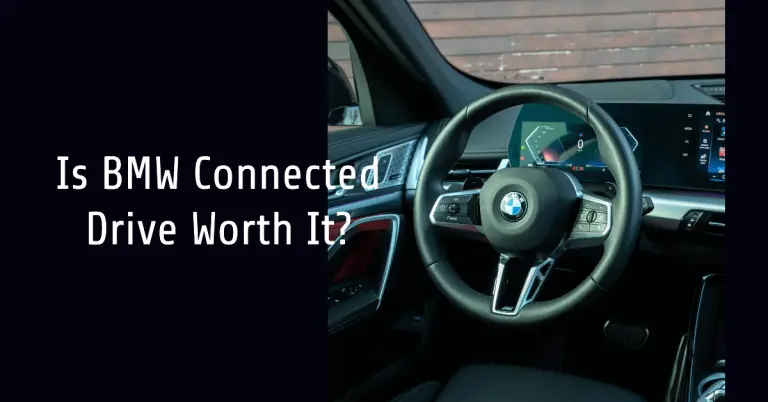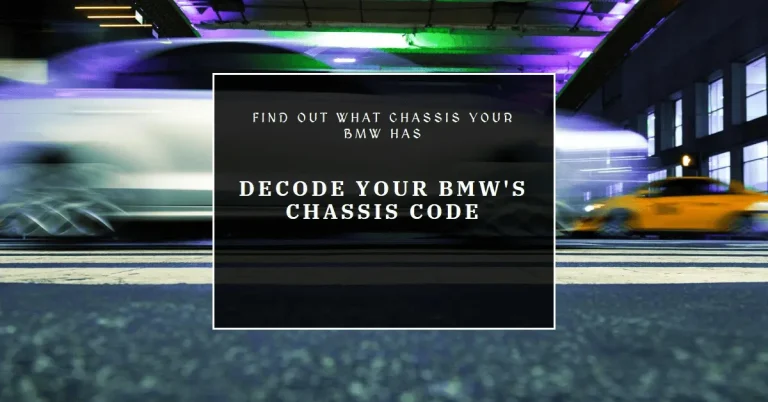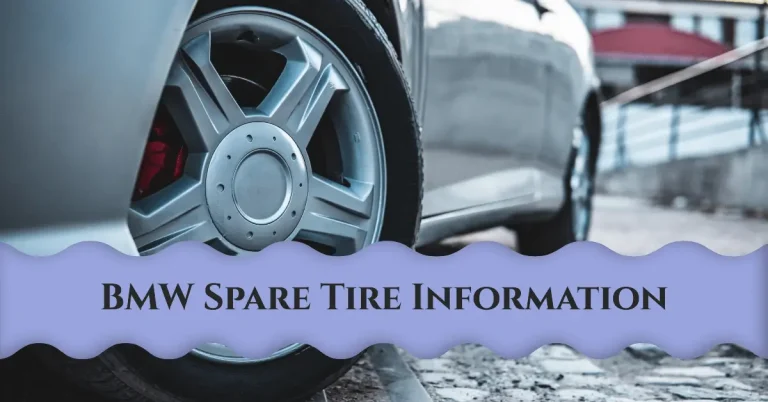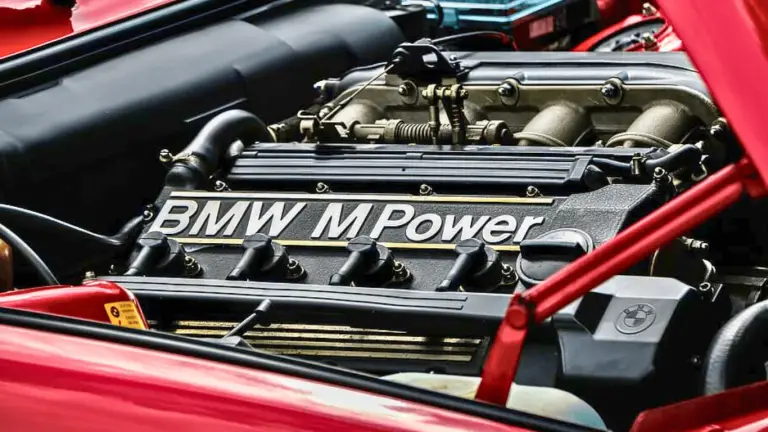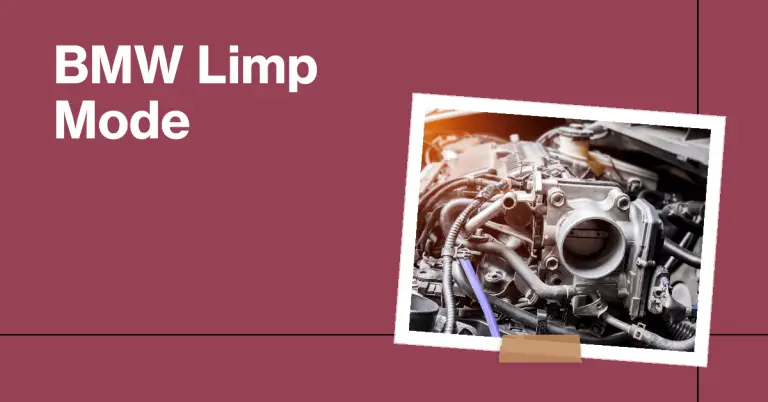Does BMW Make Rolls-Royce Cars?
If you’ve admired the stately presence and handcrafted luxury of a Rolls-Royce on the road, you may wonder – does BMW make Rolls-Royce automobiles? This question arises because over the past few decades, the legendary Rolls-Royce luxury brand has developed close ties with BMW, the renowned German auto company.
However, the connection between these two iconic carmakers goes back even further. And in 2003, BMW formalized its acquisition of Rolls-Royce – bringing together German engineering and classic English refinement.
So how did this powerhouse pairing happen? Do BMW and Rolls-Royce share manufacturing facilities? And what is their relationship today? Read on to learn the history between the Spirit of Ecstasy and the Roundel logos and find out exactly who builds those majestic Rolls-Royce vehicles.
History of Rolls-Royce and BMW
To answer the question “does BMW make Rolls-Royce,” we first need a quick history lesson. While Bayerische Motoren Werke (BMW) was founded in 1916 to produce aircraft engines, Rolls-Royce Limited was launched in 1906 by Charles Rolls and Henry Royce. After WWII, Rolls-Royce transitioned from aviation to luxury automobiles, launching its first model, the Silver Ghost, in 1907.
For decades, Rolls-Royce established itself as the epitome of British high society mobility, building stately vehicles by hand. Meanwhile, across Europe, BMW focused on performance and the ultimate driving machines.
Then in the 1990s, BMW began supplying components to Rolls-Royce cars including electronics and engines. This connection strengthened over time, leading BMW to a momentous move.
BMW Acquires the Rolls-Royce Brand
In 1998, Vickers PLC put Rolls-Royce Motors up for sale – and BMW jumped at the opportunity. But there was a complication: Volkswagen swept in first and purchased rights to Rolls-Royce Motors for $700 million.
Undeterred, BMW negotiated with VW to buy the Rolls-Royce brand name and logo for £40 million – splitting Rolls-Royce and Bentley production as part of the deal. This allowed BMW to prepare its own facility to manufacture Rolls-Royces in the near future.
For 4 years starting in 1998, Volkswagen-owned Rolls-Royce Motors in Crewe, England could produce cars under the Rolls-Royce marque based on a licensing agreement.
But when 2003 arrived, it brought massive changes.
Rolls-Royce Production Under BMW
As the dawn of the new millennium approached, BMW established Rolls-Royce Motor Cars Limited and opened an all-new manufacturing plant for Rolls-Royce in Goodwood, West Sussex England in 2003. Part of a £300 million investment, this move allowed BMW to fully acquire the Rolls-Royce business and integrate it as the BMW Group’s new ultra-luxury brand.
Since 2003, all Rolls-Royce vehicles have been solely designed, engineered, constructed and painstakingly hand-built from the ground up at the state-of-the-art Goodwood factory. Every aspect of these bespoke cars comes together onsite – including machining the aluminum chassis components and hand-polishing the wood veneer.
While Rolls-Royce Motor Cars operates independently, BMW provides vital technology and components for Rolls-Royce vehicles including electronics, engines, and more.
BMW Technology Powering Rolls-Royces
BMW has supplied parts to Rolls-Royce cars since the 1990s. But once BMW acquired Rolls-Royce, this technology transfer accelerated. BMW adapted its proven V12 engine for Rolls-Royce models, providing smooth, high-performance power worthy of the Spirit of Ecstasy hood statue. The legendary Rolls-Royce Phantom sedan uses a 6.75-liter BMW V12.
In addition, BMW designed an all-new aluminum spaceframe architecture for Rolls-Royce called the Architecture of Luxury. This innovative technology underpins the latest Phantom and other models, blending old-world craftsmanship with 21st century connectivity and reliability.
By providing the mechanical backbone for Rolls-Royce Motor Cars including powertrains and suspensions while enabling unrivaled personalization, the best of Bavarian engineering complements quintessential British elegance.
Rolls-Royce Sales Growth Under BMW
How has the affiliation between the venerable Rolls-Royce marque and technology-focused BMW impacted business? Sales reveal an incredible story. In 2003 when BMW’s acquisition was completed, Rolls-Royce Motor Cars sold 796 vehicles globally. Just 2 years later in 2005, volumes nearly tripled.
But even higher heights were ahead. Fast forward to 2014, and under BMW’s stewardship, Rolls-Royce reaches an unprecedented milestone – more than 4,000 automobiles sold in a single year for the first time ever. Two years later in 2016, the Goodwood-based manufacturer comes close to topping that tally with 4,011 more bespoke vehicles shipped to delighted customers.
Since joining the BMW Group, Rolls-Royce has achieved record sales and expanded capabilities year over year. Combining craftsmanship with systems innovation was a coup.
What models make up today’s Rolls-Royce family?
Current Rolls-Royce Models
From 2003 when BMW fully acquired the Rolls-Royce brand, all vehicles have represented the union of traditional coachbuilding artisanship with cutting-edge technology:
Rolls-Royce Phantom – The flagship Rolls-Royce sedan comes in three flavors – the standard wheelbase Phantom, the extended wheelbase Phantom, and the rare and rolling powerful Phantom coupe. Each channels the spirit of the original Phantom from the 1920s in a thoroughly modern rendition inside and out.
Rolls-Royce Ghost – As an “entry level” Rolls-Royce priced below $300,000, the compact Ghost brings hallmark luxury to drivers who want more maneuverability and driver-focused handling without sacrificing rear cabin comfort.
Rolls-Royce Cullinan – The most recent addition is the brands’ first SUV. Taking its name from the largest diamond ever discovered, the Cullinan opened new frontiers for the marque with an all-wheel drive chassis, versatile cargo space, and an optional tailgate seating area.
Rolls-Royce continues forward by enhancing existing models and exploring concepts that may turn into future vehicles beyond this trio. But throughout the lineup, a genuine heritage persists thanks to BMW stewardship balancing legacy with innovation.
The BMW and Rolls-Royce Relationship
The deep connection between Rolls-Royce Motor Cars and BMW goes far beyond an arm’s length corporate association. The two entities operate in sync at several levels while allowing the British personality at Rolls-Royce’s core to shine brightly.
As a wholly owned subsidiary under the BMW Group umbrella, Rolls-Royce is fully backed by German technical know-how while charting its own distinct path forward rooted in tradition.
Rolls-Royce is considered BMW Group’s highest luxury brand, appealing to an even more rarified upper crust demographic seeking extremely personalized vehicles. Meanwhile, BMW targets connoisseurs desiring the ultimate driving machine combining athletic engagement and everyday usability – at a more accessible price point.
The two marques complement each other while inhabiting separate orbits in the automotive universe. But behind the scenes, they collaborate closely.
Supply agreements and synergies enable Rolls-Royce to tap into BMW powertrains, electrical architectures and other technology while BMW can experiment with ultra-luxury features and manufacturing techniques. Employees transition between roles across the brands to share best practices as needed.
And on the operations side, Rolls-Royce and BMW connect through shared locations and facilities. Rolls-Royce Motor Car’s Goodwood HQ was built adjacent to a BMW Group regional office. Some manufacturing processes take place in Germany before unique coachbuilding happens stateside in the United Kingdom.
This symbiotic relationship leverages the best of both brands under the surface while keeping Rolls-Royce production British and bespoke.
Conclusion
To answer the original question – yes, BMW makes Rolls-Royce vehicles ever since acquiring the brand in 2003. But the full explanation reveals so much more richness behind the scenes about how these two storied companies came together.
Over more than a decade, Rolls-Royce Motor Cars has blossomed into BMW Group’s ultra-high-end marque. By providing engine technology, chassis components and business operations support to the subsidiary while enabling true customization, BMW has helped unlock Rolls-Royce’s potential while preserving heritage.
Record sales numbers prove this unlikely German-British union has brought out the best for both parties and their unique yet equally demanding customers. Rolls-Royce now marries mettlesome BMW mechanicals with opulent decadent luxury – a regal combination befitting the Royal families and captains of industry who call a Rolls-Royce their own.
So while the Spirit of Ecstasy mascot remains the graceful face of the brand, the trusty Roundel propels Great Britain’s finest motoring luxury into an equally great future. Does BMW make Rolls-Royce models? Indeed – and with pride.

